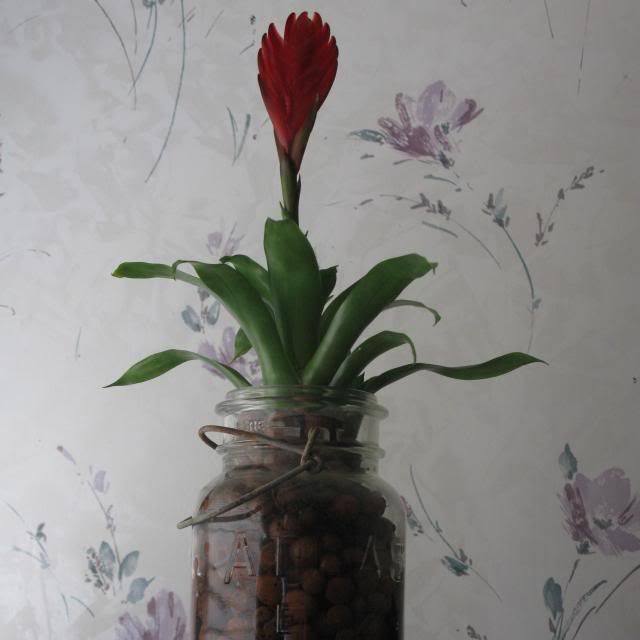The indoor Water Gardner’s How-To Handbook written and illustrated by Peter Loewer
In my search to learn more about hydroculture, I came across this old book published back in 1973. Peter Loewer had ten years experience raising houseplants in nothing but water. I had to read the book twice because I just couldn’t comprehend what he was saying at first. You see, Mr. Loewer’s plants were submerged in water up to the stem in containers with no aeration. Some of the containers even have a narrow neck.
This flies in the face of everything I have learned about hydroculture. So how could it be that these plants survive with no oxygen? This man has ten years of experience, after all, he must know something I, a mere novice, do not know. One important factor is that Mr. Loewer removes the plants from their containers and replaces the water once a week. Still, many materials I have read indicate plants need aerated several times per day.
It just so happens that as I was reading this book, a plant I haven’t yet introduced sat on the table next to me, limp and unhappy. I have been waiting patiently for this plant to grow its water roots so I could post its progress. After reading Mr. Loewer’s book, however, I decided to try his method on this plant.
Moses is a mosaic plant. When I first brought him home, he would droop any time the soil even came close to getting dry. His little sister, Maisey, exhibited the same behaviors. I thought they would be well-suited to hydroculture and transplanted them while they were strong and tall. The day after I transplanted them, though, both were drooping heavily, hanging over the sites of their containers. I gave them each a bit of QuickStart root booster and a lot of patience. About a week later, both were still very droopy, but the stems seemed to be pulling upward just slightly.
Both plants were still alive, but were clearly unhappy. Peter Loewer turned my notions of hydroculture upside down and I spent a couple of days considering whether I should try his methods on Moses and Maisey. Both were still looking unhappy, so I decided to give it a try. I left Maisey in her hydroballs and filled her container up to the stem so that her roots were submerged. By the end of the day, she was standing upright and looking like a happy, healthy plant. I pulled Moses from his hydroballs and put him in a jar of water, letting the sides of the jar act as his support. He, also immediately pulled his stems and leave up, standing strong and tall despite being in nothing but water.
Both plants have been submerged for several days and are showing no signs of stress or damage. I check them every day, concerned they will meet the same fate as the Maters and Nanners. Now I wonder if it was really too much water that did them in. What else could it be? Are some plants capable of living with their roots submerged and some not? Could there be another contributing factor? Could fresh air only once a week be enough?
Overall, I found the book a pleasant read. The bulk of the book is dedicated to specific plants with a brief mention of useful materials and another brief section on containers including battery jars and beakers. I will refer to this book and try some of the plants Mr. Loewer recommends using his method. I expect they will be lovely and what could be simpler than simply plopping a plant in a container of water? Ok, ok, I have to rinse and repeat every week, but that shouldn’t be too difficult if I keep the plants to a minimum and I do have four kids who would absolutely love to help out with this! I also wonder if using oxygen tablets could lengthen the time between water changes.
Only time and expirimentations will tell! Muahahahahahahahahaha!






